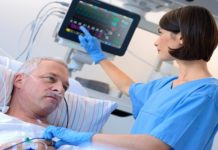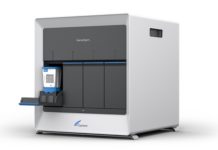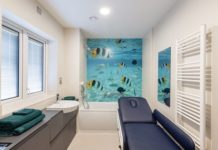A recent study conducted by Roland Berger indicates that the global robotic surgery market is poised for significant growth, with an estimated annual average growth rate of 13.7%. By the year 2030, this industry is anticipated to reach a substantial value of US$21.5 billion. The most rapid expansion is expected in the Asia Pacific (APAC) region.
Roland Berger, a renowned consultancy firm, predicts a remarkable surge in annual sales within this sector, nearly tripling from US$4.4 billion in 2022 to the projected US$21.5 billion in 2030. This growth is attributed to the increasing awareness and adoption of robot-assisted surgical procedures. Notably, between 2018 and 2022, the sector experienced an average annual growth rate of 15%.
In terms of geography, the Asia Pacific region is set to exhibit the swiftest growth rate, with its market share expected to rise from 17% in 2022 to 24% by the end of the decade. Key drivers of this growth include China, Japan, and South Korea. Meanwhile, North America will maintain its position as the largest market, though its global revenue share is predicted to decrease from 60% in 2022 to 50% in 2030.
Robotic-assisted surgery is projected to be predominantly utilized in various medical fields, including general surgery (48%), urology (16%), gynecology (13%), and orthopedics (12%).
Thilo Kaltenbach, a senior partner at Roland Berger, noted that the growing potential of the robotic-assisted surgery market has attracted an increasing number of participants, resulting in more competitive pricing and fostering further innovation.
However, despite its substantial growth prospects, the sector faces several challenges, as revealed by the study. Manufacturers of robotic-assisted surgical systems encounter obstacles such as high investment and operating costs in comparison to laparoscopic and traditional surgery methods. Additionally, the adoption of this technology has been slower than anticipated, and its utilization remains limited in certain areas.
















